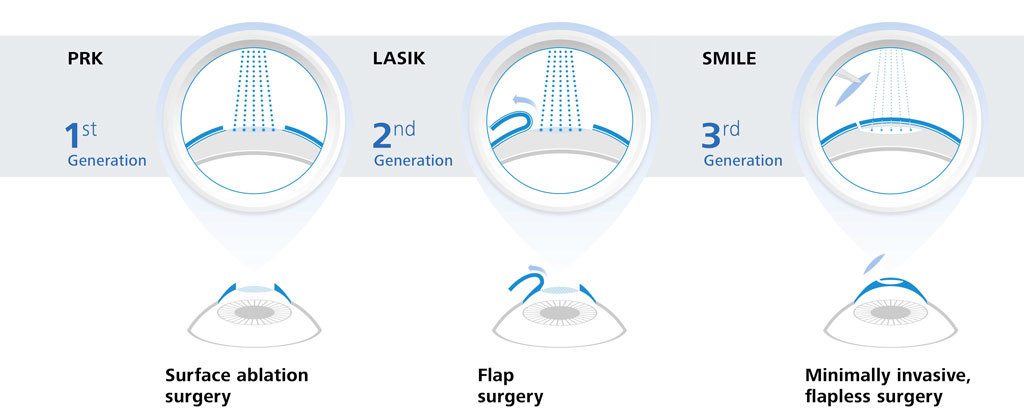Do You Have Concerns Regarding When Your Child Needs To See A Pediatric Eye Doctor? Find Out The Indications Of Vision Troubles And Vital Strategies For Preserving Their Eye Wellness

Content Create By-Leth Gold
As a moms and dad, you might question when your child must see a pediatric ophthalmologist. It's important to recognize the indicators of potential vision troubles, like scrunching up your eyes or frequent migraines. You'll intend to see to it your youngster gets the best assessments at essential ages. Understanding these guidelines can aid you take positive steps for their visual wellness. But what specific indicators should you try to find, and what solutions are offered?
Common Indicators of Vision Troubles in Children
When you see your child scrunching up your eyes, rubbing their eyes, or battling to concentrate on far-off objects, it might be time to consider their vision health and wellness. These indicators can suggest underlying problems that require focus.
You might additionally see them avoiding analysis or close-up tasks, regularly tilting their head, or complaining of headaches after school. If why not try this out seems easily distracted or has difficulty following moving objects, it might signal a vision trouble also.
Additionally, if they usually cover one eye or experience difficulty with deepness perception, it's necessary to act. Being aggressive regarding these signs can result in timely treatments, ensuring your youngster's vision creates correctly and supporting their discovering and everyday tasks.
Don't think twice to speak with a pediatric optometrist if you're worried.
Age-Specific Standards for Eye Examinations
Eye tests are essential at different stages of your youngster's development, and knowing when to schedule them can make a big distinction.
For infants, it's recommended to have their initial eye examination at 6 months. https://health.economictimes.indiatimes.com/news/diagnostics/novel-method-could-improve-lasik-eye-surgery/68390819 capture any kind of possible concerns at an early stage.
As your child approaches age 3, a detailed exam is important to examine their vision and eye placement.
Once they start institution, around age five or 6, ensure they've an additional test to look for vision modifications that can influence learning.
Afterwards, routine eye tests every one to 2 years are normally enough, unless your youngster has particular concerns or threat factors.
Remaining positive with these standards helps preserve your child's aesthetic health for a life time.
Solutions for Usual Pediatric Vision Issues
Addressing common pediatric vision issues early can considerably improve your kid's quality of life and finding out experience.
If your child fights with nearsightedness or farsightedness, corrective glasses or call lenses can help them see clearly.
For conditions like amblyopia (careless eye), therapies like covering the more powerful eye can boost vision in the weak one.
If your youngster has strabismus (crossed eyes), choices like vision therapy or surgical procedure may be required to align the eyes.
Routine eye tests are necessary for monitoring these conditions and changing treatments as required.
Encourage healthy and balanced eye habits, like restricting display time and ensuring correct lights while reading.
Conclusion
To conclude, keeping an eye on your youngster's vision is vital. Bear in mind to arrange their initial eye test by six months, and follow up at age 3 and around five or 6. If you observe signs like squinting or grievances of migraines, do not wait-- consult a pediatric ophthalmologist. Early discovery and customized remedies can make a substantial difference in your kid's aesthetic wellness and overall well-being. Take action now to guarantee they see the globe plainly!

